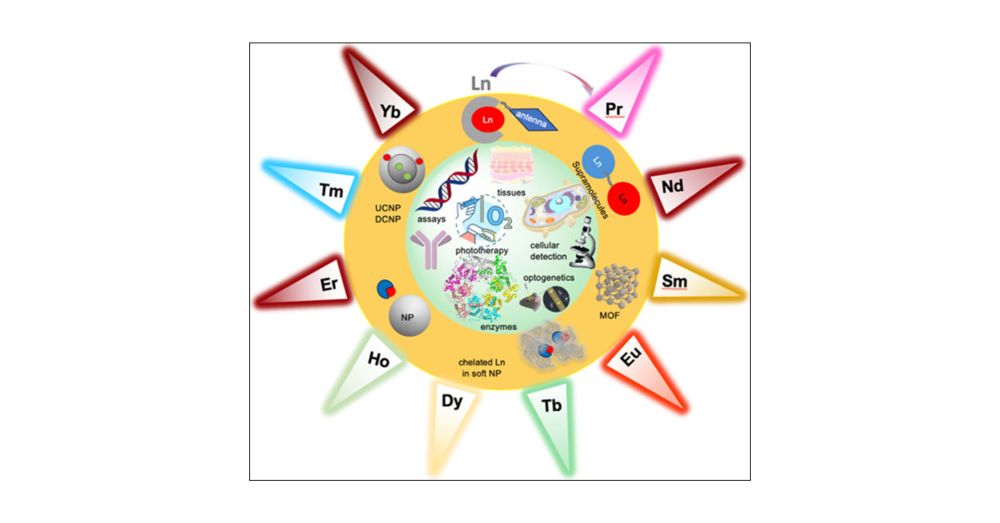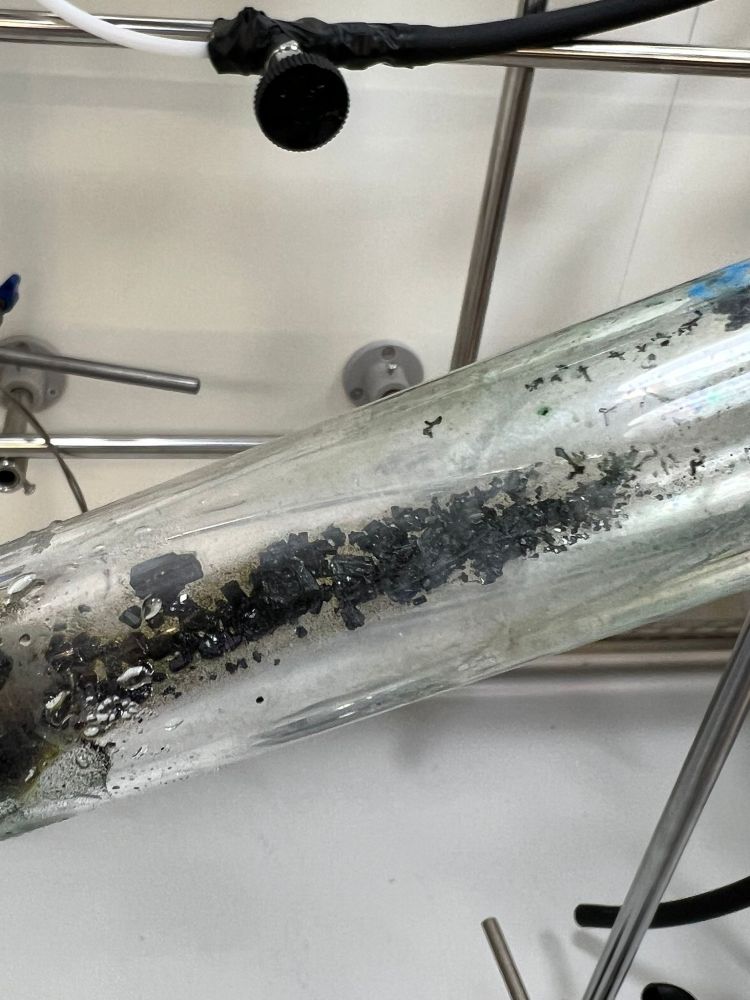share.google/1eSZOaUzhWan...

share.google/1eSZOaUzhWan...
pubs.rsc.org/en/content/art… alongside Chowan Ashok, Daniel Bowdery, Galina Pavlovskaya, and Peter Harvey, led by Nicola Rogers

pubs.rsc.org/en/content/art… alongside Chowan Ashok, Daniel Bowdery, Galina Pavlovskaya, and Peter Harvey, led by Nicola Rogers
@uobchemistry.bsky.social

@uobchemistry.bsky.social

@uobchemistry.bsky.social

Apply for our open #chempostdoc position now! Deadline 28th Feb. Reposts appreciated #Chemsky
my.corehr.com/pls/uoxrecru...

Apply for our open #chempostdoc position now! Deadline 28th Feb. Reposts appreciated #Chemsky
my.corehr.com/pls/uoxrecru...
(1) High oxidation states; (2) Tuneable electronic structures for qubits.
See: www.capgoodwin.com/pages/positi... for details, and below for both FindAPhD links.

(1) High oxidation states; (2) Tuneable electronic structures for qubits.
See: www.capgoodwin.com/pages/positi... for details, and below for both FindAPhD links.


